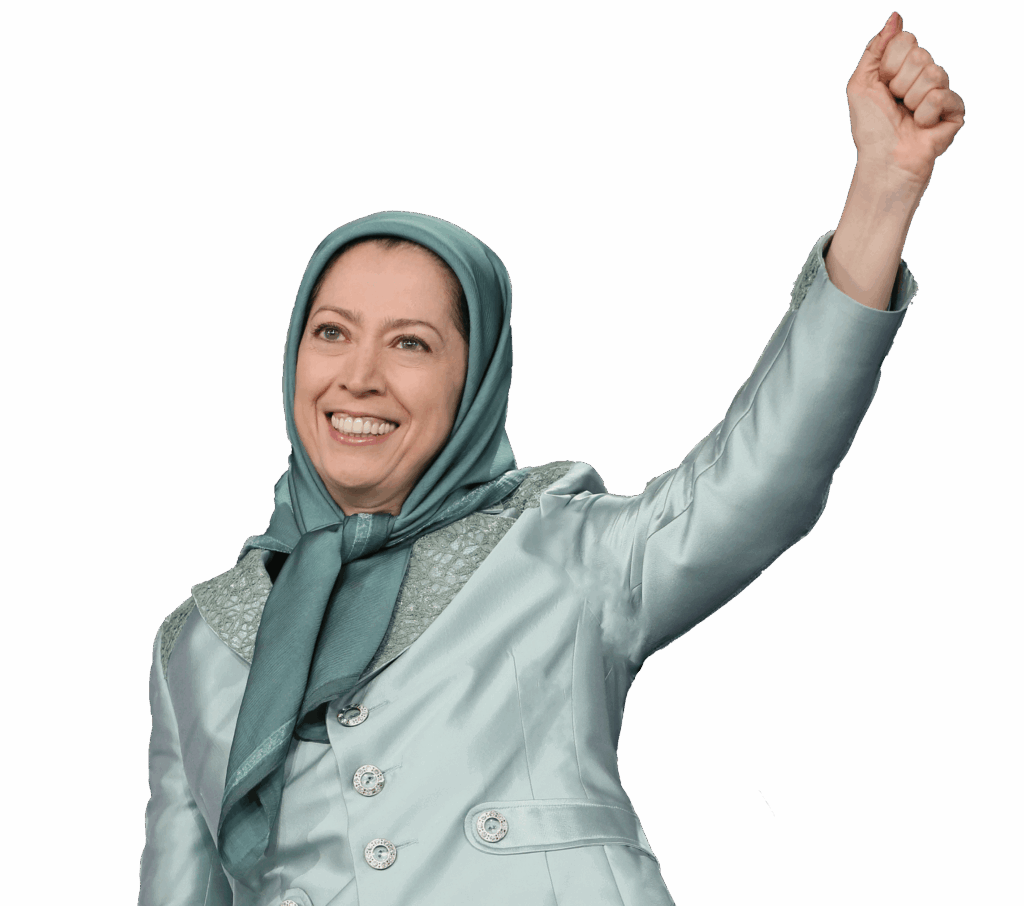
My Ten-Point Plan is a promise to the people of Iran – a roadmap to freedom, peace, and equality.
Maryam Rajavi has spent her life resisting tyranny — a journey marked by sacrifice, strength, and hope.
Iranians are rising for justice and change — a global movement led by Maryam Rajavi and the people of Iran.
No to appeasement, no to war—yes to regime change, change by the Iranian people and the Iranian Resistance.
Maryam Rajavi is not just a leader—an extraordinary visionary, she is a symbol of hope and courage for a free and democratic Iran. As the President-elect of the National Council of Resistance of Iran (NCRI), she has dedicated her life to transforming ideals into action: fearlessly fighting for justice, gender equality, and human rights.
Through immense personal sacrifice and unwavering resilience, Maryam Rajavi has stood firm against tyranny, inspiring millions by proving that with determination, even the harshest oppression can be challenged. At the heart of her vision is her groundbreaking Ten-Point Plan—a bold and practical blueprint for a future Iran based on freedom, democracy, and equality for all. Her relentless advocacy and steadfast spirit embody the unstoppable desire for change that lives in the heart of every Iranian.
Maryam Rajavi is more than a leader; she is the voice of an unbreakable movement—and a promise that a brighter future is within reach.

Iran is grappling with systemic oppression under the clerical regime. Decades of corruption, violence, and exploitation have plunged the country into economic, social, and political crises.
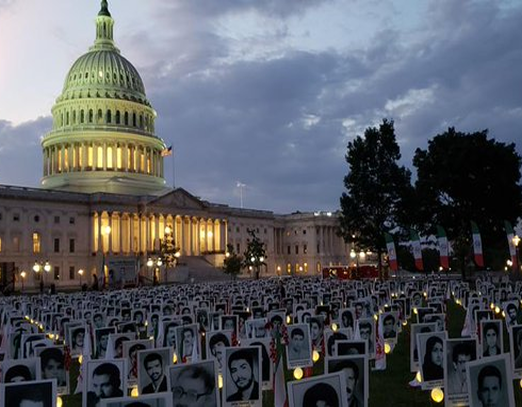
The regime perpetuates a culture of brutality, with widespread use of executions, torture, and imprisonment to silence dissent.
120,000 dissidents have been killed in their quest for freedom by the mullahs. Political prisoners face inhumane conditions and arbitrary death sentences. Iran remains the world’s leading executioner per capita, particularly targeting dissidents, activists, journalists, and minority groups. With 30,000 political prisoners executed in the summer of 1988, considered the worst crime against humanity since the concentration camps of the Second World War by legal experts. Today the daily carnage of life continues with an average of 5 executions daily in 2025
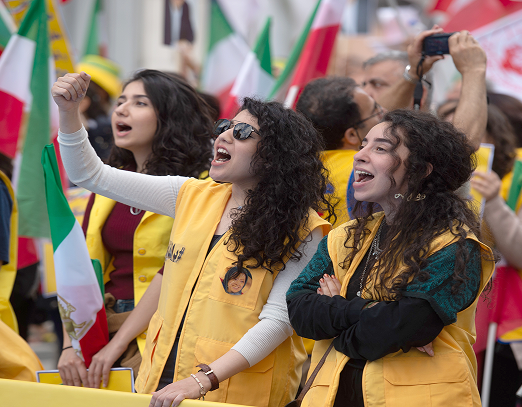
Institutionalized inequality underpins the regime’s policies, enforcing discriminatory laws that strip women of fundamental rights.
Systematic violence, including mandatory veiling, morality patrols to legal discrimination in marriage, custody, and inheritance, further marginalize women, treating them as second-class citizens. Despite the repression, women are leading the charge for change – risking arrest, torture, and death, symbolizing resilience and the fight for equality.
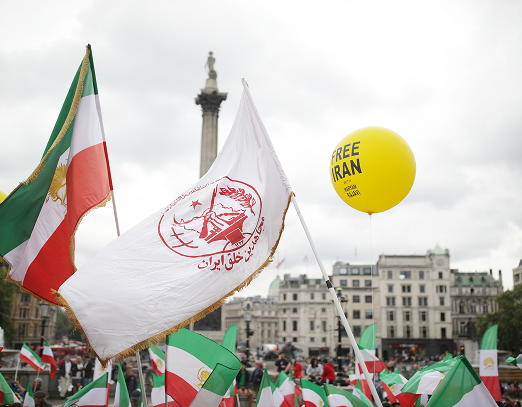
Iran’s regime enforces religious fascism to maintain control, suppressing freedoms and imposing its iron grip under…
the pretext of religion, enforcing discriminatory laws rooted in fundamentalism, misogyny and authoritarianism.
Exploiting religion for political dominance, it perpetuates inequality, censorship, and repression of minorities.
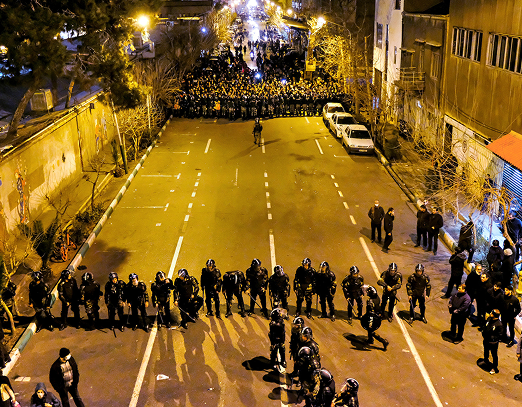
Iran is the world’s foremost state sponsor of terrorism. Its Revolutionary Guards and Quds Force direct proxy militias like
Hezbollah and the Houthis, fueling conflict in Syria, Iraq, Yemen, and Lebanon.
Iranian embassies double as terror hubs, plotting assassinations and attacks in Europe and beyond, threatening global peace.
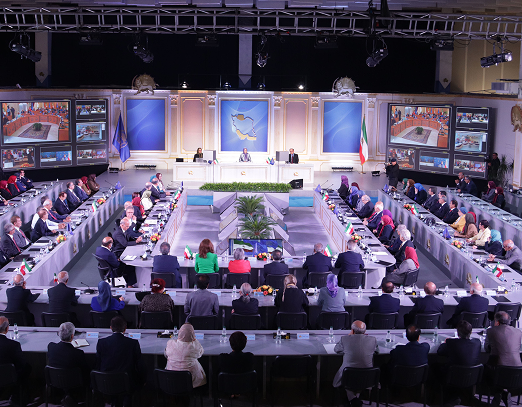
The Iranian regime’s clandestine nuclear weapons project over nearly three decades has been the center of world news attention.
The Iranian regime’s nuclear weapons program remained secret until 2002 when the National Council of Resistance of Iran held a press conference revealing a uranium enrichment facility at Natanz and a Heavy Water plant at Arak.
Those revelations, based on information provided by the social network of the People’s Mojahedin Organization of Iran (PMOI/MEK), triggered an investigation by the International Atomic Energy Agency (IAEA) that eventually brought the regime’s nuclear file before the UN Security Council for punitive sanctions.
A nuclear-armed dictatorship in Tehran would pose an existential threat to the region and the world.
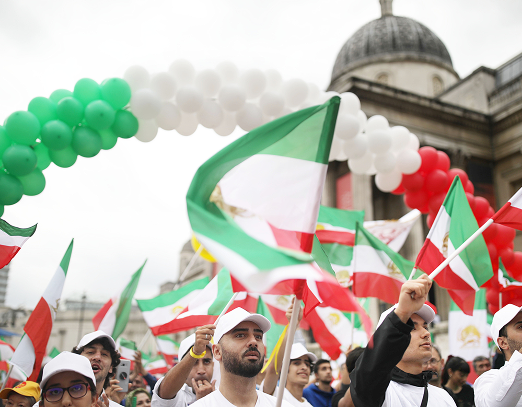
The regime represses Iran’s diverse ethnic and religious communities Kurds, Baluchis, Ahwazi Arabs, Azeris, Turkmen, and others
face forced displacement, arbitrary executions, cultural erasure, and economic deprivation. Religious minorities are denied worship rights and imprisoned for their beliefs. Religious and ethnic minorities face suppression in all its forms, from destruction of their homes, to the detention of leaders, and limiting access to education and employment
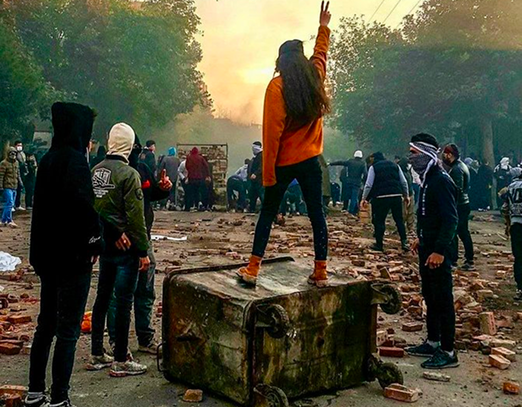
Iran’s economy is in ruins—not because of sanctions, but due to the regime’s looting, mismanagement,
and prioritization of survival over people’s welfare.
The IRGC controls vast sectors of the economy. Billions are funneled to foreign militias and for personal gains. Rising poverty, unemployment, currency devaluation, and inflation, coupled with misallocation of resources to fund terrorism and suppress dissent, have left millions of Iranians struggling to meet basic needs and driven widespread public outrage.

Decades of ecological mismanagement have created an environmental catastrophe. Rivers and lakes have dried up,
forests have been razed, and air and water pollution have reached lethal levels.
Misuse of water resources by regime-linked entities has sparked massive displacement and local protests, met with brutal repression. Environmental collapse underlines the regime’s complete incompetence and disregard for human life.
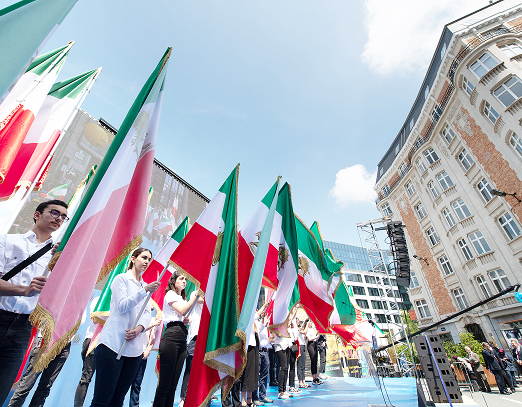
Decades of ecological mismanagement have created an environmental catastrophe. Rivers and lakes have dried up,
forests have been razed, and air and water pollution have reached lethal levels.
Misuse of water resources by regime-linked entities has sparked massive displacement and local protests, met with brutal repression. Environmental collapse underlines the regime’s complete incompetence and disregard for human life.

Despite its natural resources and, Iran is now a land of growing poverty and hopelessness.

Maryam Rajavi envisions a future Iran governed by neither monarchy nor theocracy but as a democratic, secular republic. She advocates for the National Council of Resistance of Iran (NCRI) as the viable alternative to the regime, emphasizing its inclusive, pluralistic nature.
Affirmation of the people’s sovereignty in a republic founded on universal suffrage and pluralism;
Dissolution and disbanding of the Islamic Revolutionary Guard Corps (IRGC), the terrorist Qods Force, plainclothes groups, the unpopular Bassij, the Ministry of Intelligence, Council of the Cultural Revolution, and all suppressive patrols and institutions in cities, villages, schools, universities, offices, and factories;
Disbanding all agencies in charge of censorship and inquisition. Seeking justice for massacred political prisoners, prohibition of torture, and the abolishment of the death penalty;
This Plan, on the one hand, stipulates that “under no circumstance is any religion or denomination recognized as enjoying special privileges or rights,” and on the other hand, it respects “freedom of religions and faiths.”
Abolishment of any form of discrimination; the right to choose one’s own clothing freely; the right to freely marry and divorce, and to obtain education and employment. Prohibition of all forms of exploitation against women under any pretext;
An independent judiciary and legal system consistent with international standards based on the presumption of innocence, the right to defense counsel, right of appeal, and the right to be tried in a public court. Full independence of judges. Abolishment of the mullahs’ Sharia law and dissolution of Islamic Revolutionary Courts;
Autonomy for and removal of double injustices against Iranian nationalities and ethnicities consistent with the NCRI‘s plan for the autonomy of Iranian Kurdistan;
In a free market economy. Restoration of the rights of blue-collar workers, farmers, nurses, white-collar workers, teachers, and retirees;
Which has been massacred under the rule of the mullahs;
An Iran that is also devoid of weapons of mass destruction. Peace, co-existence, and international and regional cooperation.

The NCRI seeks a democratic, secular republic in Iran, opposing all forms of dictatorship. In response, the regime spreads disinformation, labelling it a cult and a terrorist group. Despite this, the NCRI’s resilience preserves global support for democracy, human rights, and freedom.
The regime uses scare tactics to associate MEK activities with instability and civil unrest, creating narratives that portray the MEK as a greater threat than the regime itself.
Tehran tries to misuse democratic systems to criminalize the opposition. From fake arrest warrants to diplomatic backroom pressure, it pushes governments to restrict the activities of the Iranian Resistance under false pretexts—while its own terrorist agents operate with impunity.
The regime launches relentless personal attacks on Maryam Rajavi and other NCRI leaders, painting them with lies and distortions. By smearing their reputations, the regime hopes to erode their credibility and silence their message of freedom, especially among international audiences. Character assassination and labels such as “cult” are telltale signs of not having any facts or evidence to dismiss the group.
Iran’s intelligence services place agents within communities and exile groups to gather information, disrupt activities, and spread distrust. Intelligence reports from Europe and the US highlight Iran’s focus on espionage and targeting NCRI supporters for terrorist plots, most notably the terror plot against the 2018 Free Iran World Summit in Paris.
Through its embassies and lobbying arms, the regime pressures Western governments and institutions to blacklist or marginalize the Resistance. Diplomats become tools of repression abroad, pushing for restrictions while defending one of the world’s most brutal dictatorships. The use of hostage diplomacy has increased in recent years
A sophisticated campaign to delegitimize the NCRI and MEK involves using “former members,” Tehran’s cyber army, and fake “opponents” to spread false narratives. The regime also leverages mainstream media by buying coverage or using ‘friendly’ journalists to manipulate public perception and discredit opposition groups like the NCRI and MEK in major publications such as the NYT, The Guardian, and Le Monde. On July 5, 2010, a Canadian paper reported that the head of a think-tank “was offered $80,000 to publish a piece on the MEK. Iran is trying to get other countries to label it as a terrorist cult.”
The regime recruits or deceives academics, former officials, and influencers to promote its disinformation. Some knowingly act on behalf of Tehran; others are manipulated through false narratives and tailored briefings. Their public stature adds false credibility to the lies.
The Iranian regime has deployed extensive cyber tactics, including hacking, spreading fake news, and creating fake social media accounts, to distort public perception of the NCRI and MEK. These efforts include operating bot farms, manipulating Wikipedia entries, launching cyber attacks, and disseminating widespread propaganda across the internet. In hopes of dominating online narratives with their misleading scenarios and search results; flooding social media and content platforms.
In the late 1990s, President Khatami introduced the 80/20 policy, a strategy now embedded in the regime’s Ministry of Intelligence and Security (MOIS). This policy dictates that to be effective in the propaganda war, reporters, celebrities, social media influencers, and “activists” should criticize the regime 80% of the time to gain credibility. The remaining 20% of their efforts should focus on heavily targeting and discrediting the MEK. In a 2017 interview, former Iranian intelligence minister Ali Fallahian detailed that “our agents work under the cover of business or journalism. Most of the journalists are agents of the intelligence ministry.”

Change begins with understanding. Discover Maryam Rajavi’s vision, explore key speeches, and share resources that inspire action.